Good Climate News this Week: Investments to Reduce Methane Pollution, Funding for Climate Resilient Renovations, a Historic Climate Settlement in Hawai’i and More!
Jun 28, 2024
 Credit: Jeremy Bishop, Unsplash
Credit: Jeremy Bishop, Unsplash
Every week, we round up five of the best good climate news stories we’re celebrating. This week we cover construction on an offshore wind hub for NYC, record investments in clean energy, Maryland’s executive order to address climate change, new EPA guidance to protect aquatic ecosystems, and an Illinois plan to meet its decarbonization goals.
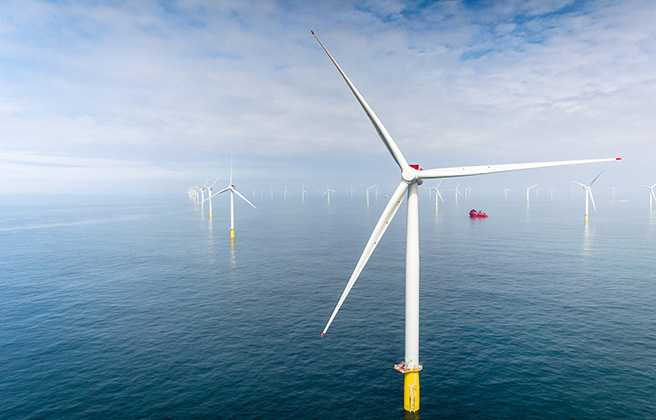 Credit: Equinor
Credit: Equinor
Construction has begun on the South Brooklyn Marine Terminal which will house EV chargers and solar energy development, and serve as a staging area for the constructions of the Empire Wind 1 offshore wind project. Once completed in late 2026, the 54 turbine project is expected to provide energy to 500,000 households and will be the first offshore wind farm to connect directly to the New York City grid.
Thanks to the Project Labor Agreement signed by Equinor, the Norwegian energy giant behind the construction of Empire Wind 1, the project will create 1,000 union and apprentice jobs in local communities. The agreement also establishes fair working standards and safety practices, and commits Empire Wind to engaging with Minority- and Women-Owned Businesses (MWBE) and Service-Disabled Veteran-Owned Businesses.
Check out Equinor’s drone video tour of the South Brooklyn Marine Terminal construction site.
Source: Electrek, Empire Wind
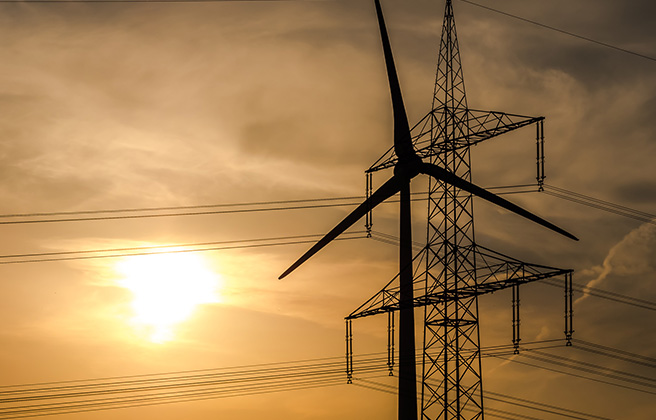 Credit: K.Reichert, Atlanticcouncil.org
Credit: K.Reichert, Atlanticcouncil.org
In the first quarter of 2024, investment in clean energy and transportation in the U.S. hit a record high of $71 billion, a 40% increase from the same quarter in 2023.
Clean energy investment has increased every quarter since Q1 of 2021, a sign of the strength and longevity of the clean energy market. The International Energy Agency has predicted that global clean energy investment will top $2 trillion in 2024, double the $1 trillion the agency expects to be invested in fossil fuels. Strong investment in clean energy and transportation will reduce our reliance on fossil fuels and help us achieve our climate and clean energy goals.
Source: Rhodium Group, Climatewire
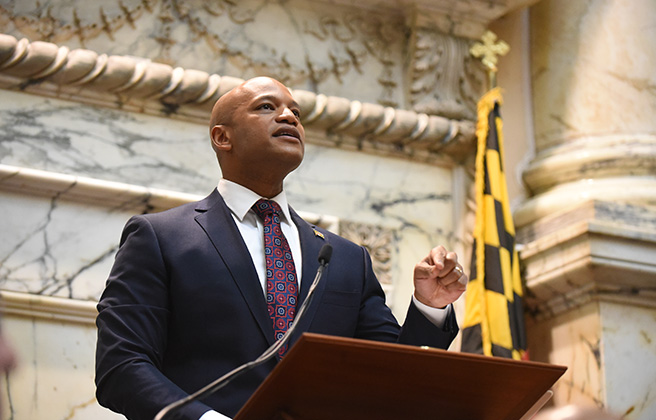 Credit: Maryland GovPics, Flickr
Credit: Maryland GovPics, Flickr
Governor Wes Moore of Maryland recently signed the state’s most comprehensive executive order (EO) on climate change. The EO requires all state agencies to submit a Climate Implementation Plan outlining timelines and actions necessary to implement the recommendations in the Maryland Climate Pollution Reduction Plan by the first of November. It also creates the Governor’s Subcabinet on Climate, tasks the Maryland Energy Administration with creating a plan to achieve 100% clean energy by 2035, and requires the Maryland Department of Transportation to propose new vehicle emissions standards.
The actions in the executive order will create up to $1.2 million in public health benefits and over 27,000 jobs in the next seven years while prioritizing climate equity and reducing harmful climate emissions.
Maryland LCV served a major role in making this legislation a reality, and was in attendance at the signing ceremony.
“Today’s executive order by Governor Moore demonstrates the urgency of addressing climate change and doing so in a way that benefits all of Maryland’s communities. By requiring every state agency to prioritize climate action and environmental justice, we are building a more sustainable Maryland together. Maryland LCV is proud to support these vital initiatives to protect our environment and our communities,” said Maryland LCV Executive Director Kim Coble.
Source: Maryland LCV, Southern Maryland News Net
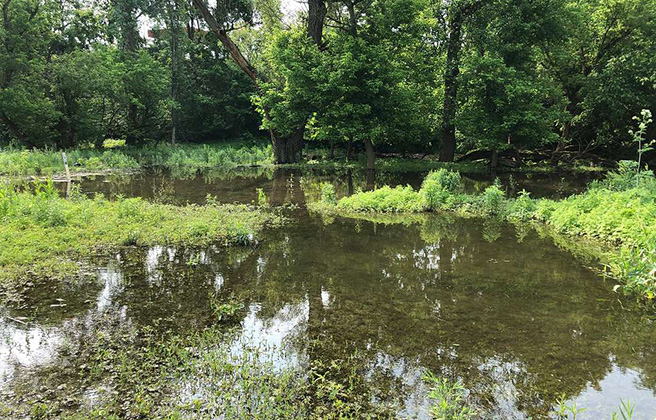 Credit: Dane Summerville, NARA Public Domain Archive
Credit: Dane Summerville, NARA Public Domain Archive
EPA has published water quality screening values under the Clean Water Act regarding levels of certain pollutants that threaten freshwater ecosystems. The new guidelines address short-term levels of 6PPD and 6PPD-quinone (6PPD-q) in public waterways. These toxic chemicals are often found in freshwater ecosystems and are linked to runoff from automotive tire dust and matter.
States, tribes and local governments can use EPA’s findings to track pollution and implement measures like stormwater treatment and green infrastructure to protect fish populations. This will help sustain aquatic life and support commercial, cultural, and recreational fishing practices.
Source: EPA
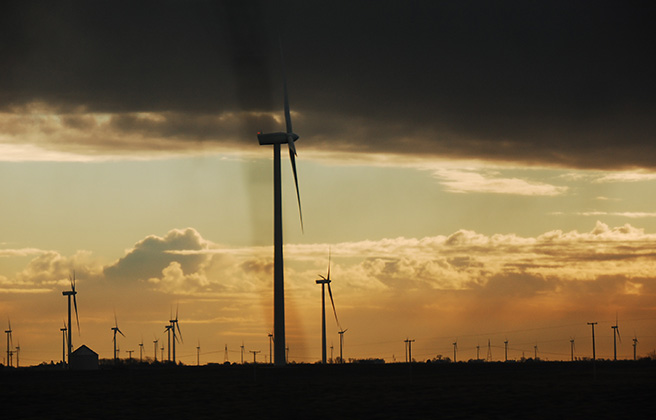 Credit: Eric Allix Rogers, Flickr
Credit: Eric Allix Rogers, Flickr
The Illinois Commerce Commission (ICC) launched their Renewable Energy Access Plan (REAP) which details new measures to meet their 2050 decarbonization commitment. The plan pushes utilities and regional transmission operators to include grid-enhancing technologies to expand transmission capacity in their transmission planning.
The REAP also proposes the creation of “REAP Zone” areas for renewable energy developments in coordination with transmission development; plans to use regional electricity markets and trade to improve efficiency, energy modeling and forecasting; and reassessment of Illinois’ clean energy incentives.
“The REAP will serve as an important resource for regulators, policymakers, [regional transmission organizations], and other stakeholders as Illinois’ energy transition continues to evolve, all while keeping affordability top of mind and ensuring our grid remains resilient and reliable,” said ICC chairman Doug Scott.
Nick Wallace, an associate attorney at the Environmental Law & Policy Center, highlighted the significance of this plan as it marks the first time a state regulatory body has required transmission planners to consider grid-enhancing technologies. Wallace predicts that Illinois’ breakthrough will pave the way for similar legislation in other states.
Source: Utility Dive, ICC
Check out the Power Source Blog and follow us on Instagram or Twitter for more Good Climate News every week.